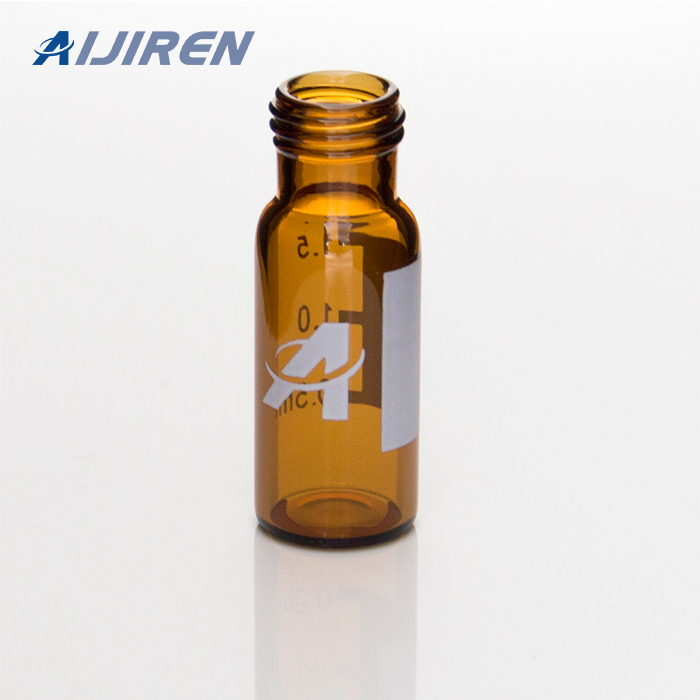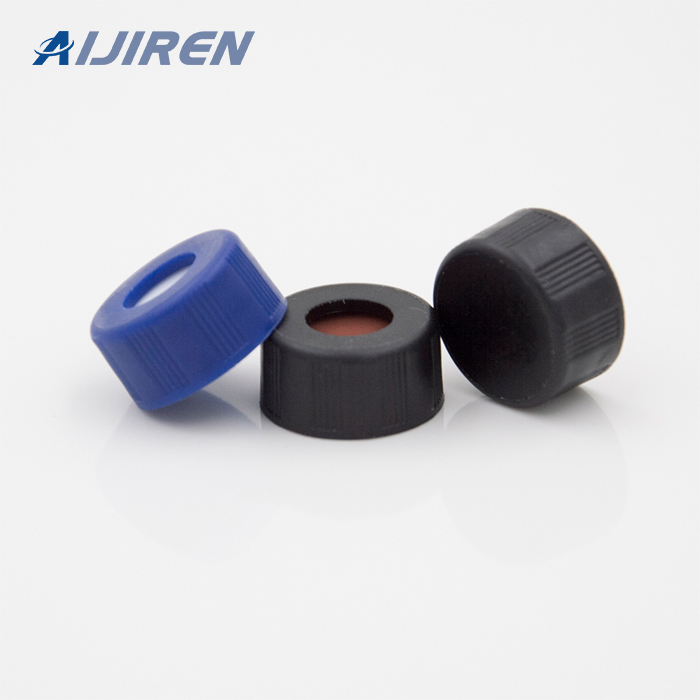








Sep 12, 2020 · Here, we present an overview on advances in diagnosis of COVID-19 and details the issues associated with biosafety procedures and potential safety precautions to be followed during collection, transportation, and processing of COVID-19 samples for laboratory diagnosis so as to avoid virus infection.
Dec 3, 2015 · Contamination of a sample by other samples is referred to as cross – contamination. It can result from damaged or cracked containers, close proximity of other samples and untidiness on work benches or weighing balance tables. Is also goes without saying that clean spatulas or liquid sampling tools be used when weighing or making dilutions.
FIGURES AND TABLES INDEX. Table 3.0-1. eneral Glass Handling ConsiderationsG .. 4. Figure 3.1-1. crew Feed, Star Wheel, and Potential S Pinch Points
Sep 1, 2021 · The application of DNA technology has made a revolution in the field of forensic science. DNA analysis is applied in both criminal and civil cases. The scope of a complete DNA profile consists of
to minimise risks of microbiological contamination, and of particulate and pyrogen contamination. Much depends on the skill, training and attitudes of the personnel involved. Quality Assurance is particularly important, and this type of manufacture must strictly follow carefully established and validated methods of preparation and procedure.
Nov 16, 2022 · Certain modern manufacturing designs (isolators and closed vial filling) afford isolation of the aseptic process from microbiological contamination risks (e.g., operators and surrounding room
• Sample labeling —All requirements for labeling of the sample at the time of collection will need to be explained in detail in the instructions for collection. • Special handling —Some samples may require special handling, such as immediate refrigeration, protection from light, or prompt delivery to the laboratory.
Grab sample analysis. As part of the root cause investigation, in order to identify if the contamination is coming from one of the points of use on the water loop grab samples should be taken at different points on the loop. Figure 9. Analysing point of use grab samples to help with root cause investigations.
Jul 11, 2018 · policies regarding disposition of unopened vials, expired vials, unused doses, and potentially compromised vaccine Open vials, activated manufacturer-filled syringes, predrawn vaccine (by a provider), and broken vials and syringes are not returnable and should be appropriately discarded
2. Sample Preparation. The sample preparation method varies according to the sample matrix and the analytical method used. However, most trace metal analysis procedures require the sample to be in liquid form. This may require sample treatment or digestion depending on the complexity of the sample, e.g. digestion by microwave method.
Identify the specific categories of compounded sterile product microbial contamination in terms of risk levels. 4. Compare and contrast the specific requirements associated with these risk level categories. 5. Discuss the procedures and disinfectants that are needed to control of surface contamination. 6.
PERSONAL SPACE AND EQUIPMENT 1 Keep bench space uncluttered. 2 Wash your lab coat regularly. 3 Leave personal items outside. 4 Clean your work area before and after use. 5 Use lab tablets instead of personal phones. 6 If personal items are needed, sanitize them before and after lab use. 7 Move extra equipment away from walls and crevices
3. Sample carryover - demonstrated when an injection of a solvent blank produces a replicated version of the previous sample's chromatogram, just on a smaller scale. Most of the time, it occurs as a result of adsorption of the analyte within the injection component . Common contamination issues. 1.
Jul 2, 2013 · Repeat steps 4 and 5 for flask 2. Purge the syringe by inserting the needle through the septum of the solvent flask and into the headspace of the flask. Draw up the inert atmosphere into the syringe. Remove the needle from the flask and expel the gas from the syringe (Fig. 14, D). Repeat 3–4 times.
Jan 22, 2020 · In other words, a single dose vial can act as an incubator if inadvertently contaminated. Additional Helpful Tips. Don’t leave a needle or dispensing device in a vial for subsequent use. Transporting syringes containing medications in pockets or clothing is not recommended due to the potential for contamination and medication errors.